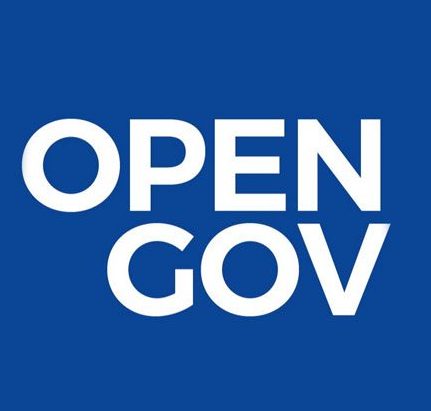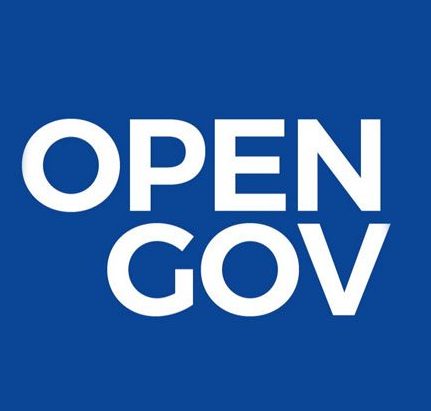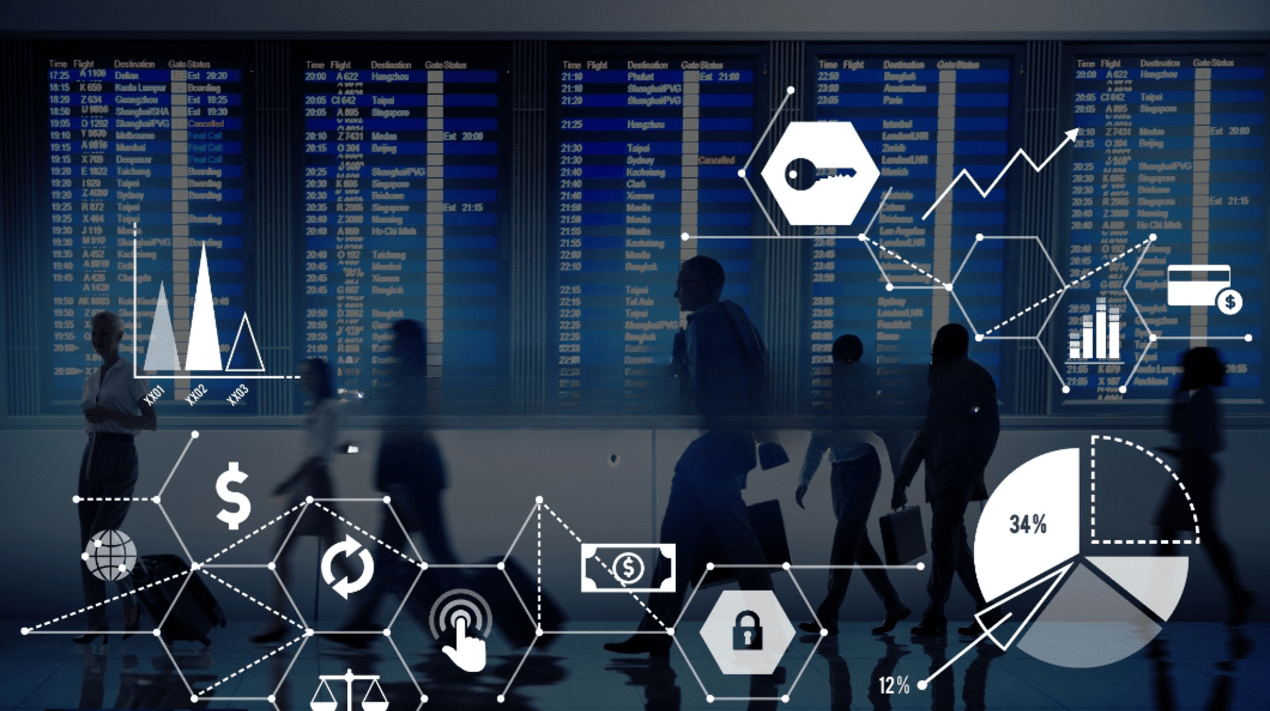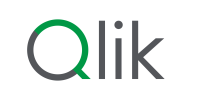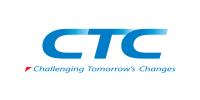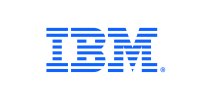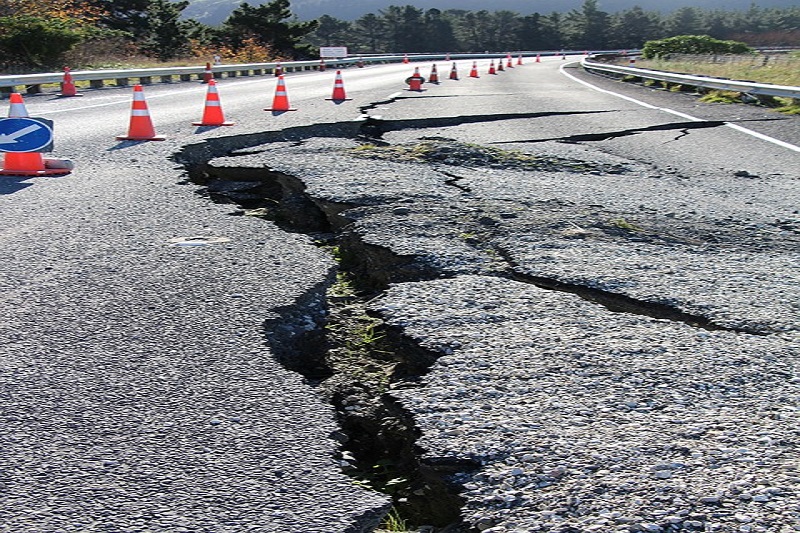
Seven years after Christchurch experienced two destructive earthquakes, the city is kept shaking by more than 20,000 smaller earthquakes and aftershocks.
Although nobody can predict when or where the next big quake will happen in New Zealand, the most accurate predictor of where post-quake tremors are likely to happen seems to be a new artificial intelligence (AI) project, according to a recent report.
Aftershocks are called such, even if they still feel like earthquakes and occur several years after an initial earthquake, because they are related to the initial event.
Additional physical damage can be caused by these aftershocks if they are large enough. But more than that, the effect of constantly living in stress is equally damaging for the people.
The Canterbury District Health Board has reported that one in five Christchurch residents are stressed most, if not all, of the time from the anxiety caused by the aftershocks, ongoing construction, and loss of facilities.
Several long-term health effects can be attributed to these stresses. Quake-affected residents are twice as likely to be addicted to smoking and 40% more likely to develop mental health conditions such as major depression and post-traumatic stress disorder.
With the residents not knowing when or where the next aftershock will happen, the people are always on high alert.
Ideally, residents want to know three things about an upcoming aftershock. The first is when it will happen, the second is where and the third is how big it will be.
Currently, researchers use empirical laws to help predict when and how big, but the location of an aftershock has proved to be difficult to determine.
A new AI based system could help with the where question and create more accurate predictions when it comes to aftershocks.
Deep learning is a facet of AI being used in the research. It is a more advanced form of machine learning where computers can learn from data sets in order to help them solve new problems that they have not been programmed to address.
Deep learning allows many possible results to be seen at once and creates a complex map connecting different factors.
More than 131,000 pairs of earthquake as well as aftershock readings using data taken from 199 real earthquakes were looked into in the study.
After which, the deep learning networks were asked to predict the activity of 30,000 different pairs to test its accuracy.
This deep learning method was compared to what is currently being used to predict earthquakes, the Coulomb failure stress change model.
Compared to the standard method having 58% accuracy in predicting aftershocks, the deep learning method was accurate 85% of the time when based on a grid of 5 square kilometres.
In addition to the increased computing power, the researchers also added a new calculation into the prediction model called the von Mises yield criterion.
Although this is a standard model used in materials engineering that helps to predict when a material will break under stress, it has not been used much when it comes to modelling earthquakes.
More work needs to be done before the system can be deployed as it is still taking too long to process the data in real time.
Moreover, it only works on aftershocks with static stress and not dynamic stress.
However, it showed promise when it is added to AI systems that are already in existence. These existing AI systems already serve specific purposes.
One checks multiple databases to guess which residents might have disabilities and need help with evacuation. Another assesses building data, elevation and soil types to predict earthquake damage to buildings.
The future of AI may be key to helping New Zealanders feel safer on their shaky land.
